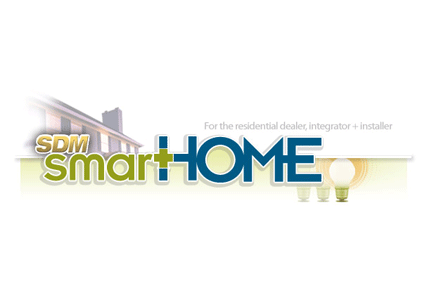The Custom Electronic Design & Installation Association (CEDIA) released key findings from CEDIA’s annual market research report, Size and Scope of the Residential Electronic Systems Market in the US©. The report features data on the characteristics of companies working within the residential electronics systems industry in the United States, revealing the current number of installation companies in the industry, the size of the workforce, trends, forecasts, and the economic impact of the industry.
The key findings from the report reveal:
- Electronic systems contractors (ESCs) expect a 5 percent gross revenue increase and a 17 percent increase in the number of projects in 2012 compared with 2011.
- Revenues for the installation segment of the industry are trending up as a whole, from $13B–$14B in 2010 to an anticipated $13.8B –$14.8B.
- ESCs also report a greater percentage of projects in existing homes (versus new construction) than ever before, while indicating that they are growing, adapting, and expanding into new product and service offerings.
“I think what is important to note here is that, with a housing market that is still unstable and an economy that is very slowly improving, ESCs are learning to adapt and overcome challenges for prosperity in a changed and constantly evolving market,” said Erica Shonkwiler, CEDIA market research manager. “The growth, which is hinged on consumer confidence, may be small, but it is also steady and much more sustainable in the long-term.”
The study also helped to pinpoint some trends in technology usage in the residential market. Notably, three product categories stood out as having strong growth potential:
Mobile Device Integration Within Control Systems: 90 percent of dealers installing control systems are integrating a mobile device for control, with 33 percent indicating it is the primary control device. iOS (Apple) dominates as the most common mobile platform used. Forty-one percent of all dealer channels indicate that client attitudes are changing and more and more of their clients express interest in mobile access and control.
Home Networking Systems: The residential network is rapidly becoming the backbone of virtually every low-voltage subsystem in the home. What was once used just for printer sharing and low-stakes Internet access is now handling voice, data, entertainment, surveillance, medical sensors, telepresence, system control, and more. The average number of installations in this sector is projected to be up by 40 percent in 2012 from 2011, but with a low average project size of $900.
Home Theater/Audio Systems:The average number of installations for 2011 and projected for 2012 remains steady. The average project size was $20,000 for home theaters and $11,000 for audio systems. According to the report, more than 30 percent of security installation companies surveyed are already offering distributed audio and video to their clients. Do you fall in this group? If you have not started offering this to your clients, it’s a good option to look into to diversify your business.
CEDIA offers a variety of online and hands-on training. Check out the online options at www.cedia.net/elearning. If hands-on training is more up your alley, CEDIA will be offering EST Basic Residential and EST Home Theater Boot Camp this fall. To learn more about this training or to register visit www.cedia.net/bootcamp.
The report is a part of CEDIA’s research offerings, which are designed to provide CEDIA members, industry businesses, media, and other key stakeholders with market data that will enable them to make better business decisions. CEDIA members can request top-level findings by e-mailing research@cedia.org.





